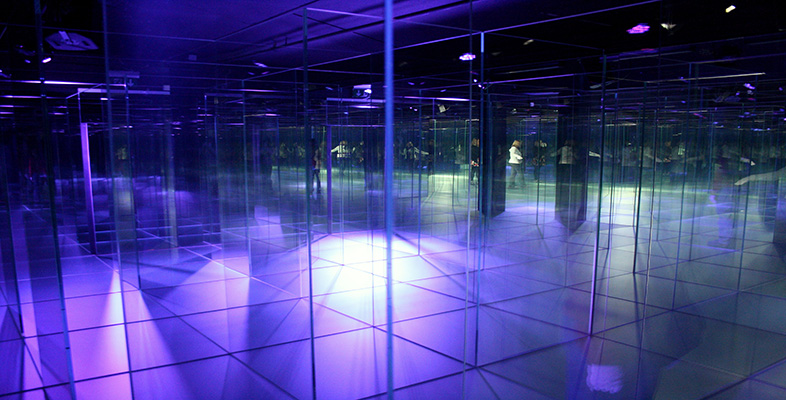7.3 Getting out of traps
Remember to date your rich picture and not to throw away any previous versions. Old versions of rich pictures provide you with a record of your developing understanding.
The next activity is an invitation to improve your rich picture by digging yourself out of any of the traps you may have fallen into. In this activity, I suggest a certain ruthlessness in reviewing your efforts so far. You should not, however, see this as an evaluation of your performance in the task. My experience is that knowing about the traps is only part of the skill of representing complexity. Sometimes one simply falls into them.
The worst possible result is falling into a trap and not realising it has happened. So, the next bit is about learning to recognise the traps when you've fallen into them and learning to get out of them. With that experience behind you, falling into any of the traps isn't a disaster. My hope, without being malicious, is you've fallen into at least one trap and in the next activity you'll get out of it. The next activity may take only 15 minutes. If you need to re-draw it will take longer – but not as long as the first drawing took.
Activity 12
Look at your rich picture.
Check you have not fallen into the trap of an over hasty identification of the problem. It is not easy to spot this trap if you have already fallen into it, so be ruthless. Be prepared to re-draw your picture if you discover yourself in this trap. It may be possible to add the necessary elements but the trap is such a disabling one that often it's better to completely re-think your representation. I've fallen into this trap, and still do, many times. In my experience, redrawing is never a waste of time.
Check you have not fallen into the trap of impoverishment. It's fairly easy to spot if your representation of the situation is rich or poor. Compare it with the example rich picture in T552. Has it got that same quality of buzzing with activity and interest? Use the tips for getting everything in described above. Make your picture as rich as you can.
Check you have not fallen into the trap of structuring, interpreting or analysing the situation. If you have, re-drawing may be worthwhile. Once structure, interpretation or analysis is there, it's hard to disguise them and they become a distraction.
Check the richness of your picture isn't swamped by words and the words are not structuring your representation of the situation. Make the necessary improvements. Add anything else that seems to be part of the situation.
You have now completed the activities connected by arrows 1 to 6 in Figure 5.
